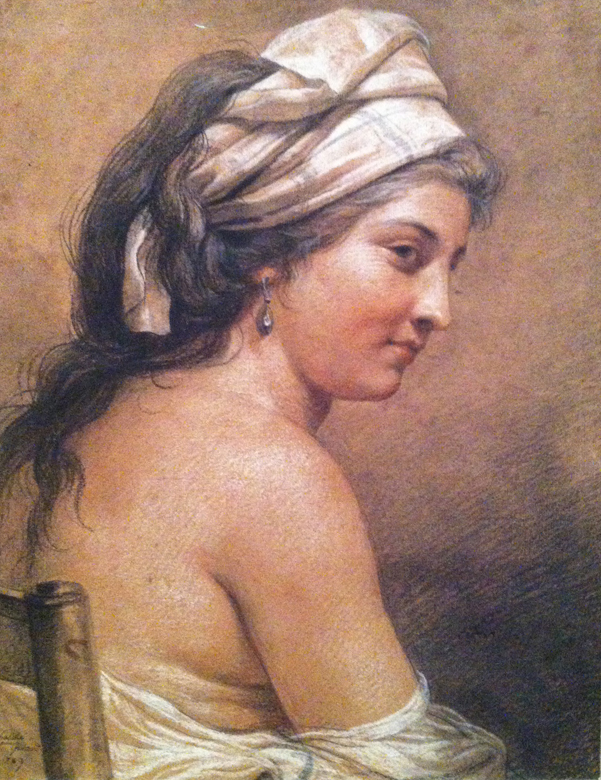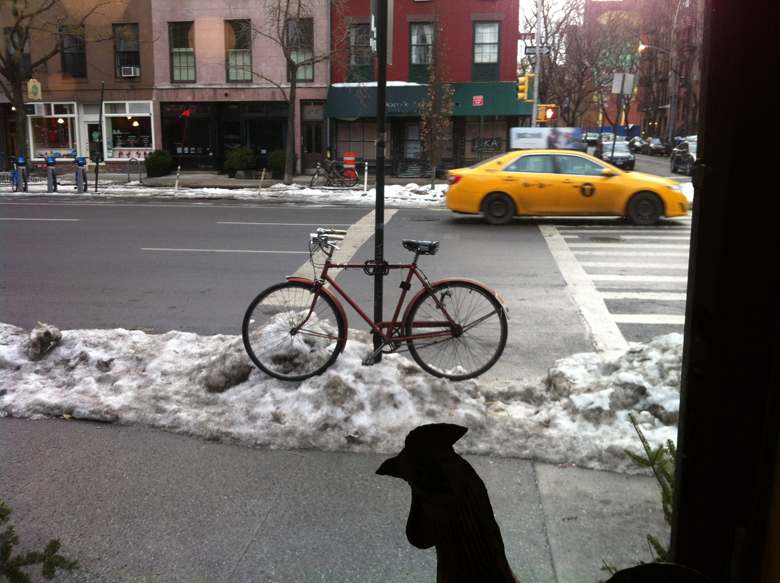
LXXVIII
Is bespeaking a pair of short pants contract of breeches?
Ay, ay, eidolones.
Cada día más eidolones – otros eidolones.
¡Ay, ay, ay, siempre eidolones!
The Ugly Little Minotaur, by Hans Cretan Andersen
It’s cold alright, but don’t eat all your dogs.
A yellow mini-schoolbus passes Le G.:
HAPPY CHILD TRANSPORTATION, INC.
She sells seashells in the Seychelles
What form does matter desire?
Does matter desire form, or does for arise someotherway?
And what is the relation between intention and desire?
Form and formula
Scariest movie ever: The Determinator.
Via Plotinus’ integration of Plato and Aristotle [A&P], Form takes precedence over matter.
Form good. Matter bad. F = luminous, active, eternal. M = passive, recalcitrant, dark. [Jullien, …Nude]
Cherchez la matter!
I was an Idea for the FBI
Where be his quiddities now, his quillets, his cases, his tenures?…
Lawyer, court, jester, gesture.
Playing Quiddity will give you Quidditch
Hooked on Phoenix
Quid pro crow.
Got Form?
Wanting to save the world is a form of wanting the world to save one.
Wanting to make the world better is a form of wanting the world to make one better.
Wanting to heal the world is a form of wanting the world to heal one.
More rational, more humane, less violent, less cruel…
In winter, whether climatic or of one’s discontent, it is advisable to “sleep early but arise late,” and remain dormant “like someone with private intentions or as if one’s intentions were already fulfilled.” [Inner Classic of the Yellow Emperor: Simple Questions. Beijing: People’s Press, 1963, sec. 1, chap. 2, p. 11]
But this is no formula. Merely the sensible.
According to Jullien, in Enneads 1.6, Plotinus uses morphē, eidos and logos as equivalents. He finds a similar ambiguity in Augustine’s use of forma: as meaning 1) model form (Intelligence, Divine Word), 2) the external form that is the contour, and also 3) form perceived as the source of beauty. […Nude, p. 65]
re
de
in
con
uni
per
trans
And there’s your pedagogy in a syllasept.
And trans – early or late – (but better translate than never) as best you can.
As in how Qilin is often offered up as “unicorn.” So, yes, horn, yes, hooves. But then…
Qilin spits out the book. Of which more, sooner or later.
Book of Revelation / Revelation of (jade) book (on the tongue of qiling).
Transcendence / Transformation
Form as formation.
And it is…the Nude which…brings the two poles of plastic form (modeled relief and contour) and idea-form directly into communication within itself. The plastic form uncovers [emphasis mine]the idea-form, and the last veil finally falls away; the idea-form ennobles the plastic form: we are in the very presence of the Idea, of the model and archetype. Hence the elevating [again my emphasis] tension of the nude: the tension is imparted by our metaphysical dualism. [Jullien, …Nude, pp. 66-67]
And it is here, in the wondrous invention we call the nude, that we encounter eidolon derived from pure material (flesh, our flesh, or flesh-like-ours-but-for) made manifest as pure Idea – fix’d, eternal and separated from what we call history, evolution, a reification proof against all age, erosion, change and transformation. We encounter naked disembodiment – Idea stripped bare and essential – through the upsurge of the visibly unclothed body.
What did we turn to when, as Greeks, we turned our back on pragmata, then Phaeton-like, began to drive the chariot of metaphysics toward the sun?
I was a little white thambos for the FBI
China did not conceive, says Jullien, of any intelligible form beyond the realm of the sensible, nor any immutable form that is an essence. In short, there is no such thing as metaphysics in ancient (pre-Buddhist) China. […Nude, p. 67]
Nor did the Chinese evolve a sharp distinction between visible and invisible, the sensible and the intelligible. Rather attention was paid to the transitional stage between concretized forms: “either the “tenuous” (jing) or “subtle” (wei) stage in which concretion is barely emerging and becoming actualized, or else, on the contrary, the stage where it has become so refined that it reaches into the spiritual (the notion of jing-shen). Here again, the transition is the prominent issue: contrary to the Greek world of separate, fixed, and clear-cut form – the world of hegemonic Form – China’s attention bears upon the discreet and the continuous.” [ibid. p. 68]
But of course one does, as a creature of the West, wish to know “why” we, as Greeks, turned away from “the pramatic nature of pragmata, the ordinary objects of our concern, those we actually deal with, by qualifying them at the outset as ‘pure and simple things,’ and in making that distinction, gave precedence metaphysics – to a heavenward pull of a force more powerful – at least psychologically to the Greeks – than the gravity of earth.
I cannot help but sense that the invention of metaphysics, and the implicit empyreal drawing away from body it rode in, is somehow fused, Centaur-like with the repudiation of the earth and all that’s female in, and on, it.
If yang is allowed to rise and expand endlessly without the inward and downward movement of yin, the cycle of life ultimately moves out of balance.
It definitively does not take a rocket scientist to observe that “if” in the previous sentence, has transformed into “when.” Awaiting a “then” as “now.”



